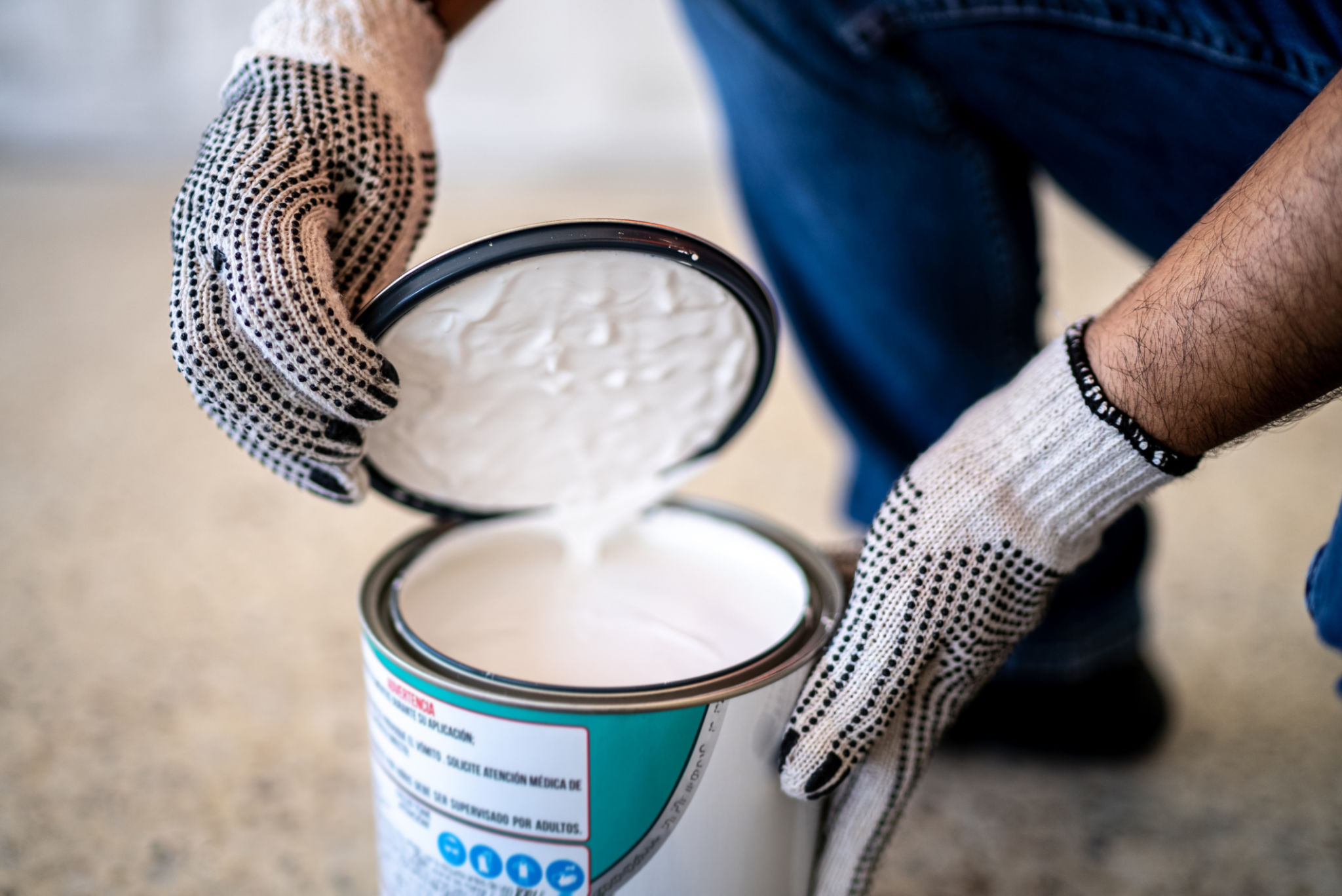The Benefits of Moisture-Absorbing Paint in High Humidity Areas
Understanding Moisture-Absorbing Paint
In regions with high humidity, maintaining the integrity and appearance of walls can be a challenge. Moisture-absorbing paint offers an innovative solution, specifically designed to combat the adverse effects of humidity. This type of paint is engineered to absorb excess moisture in the air, preventing it from condensing on wall surfaces and causing damage.
The technology behind moisture-absorbing paint involves the use of advanced materials that can capture and release moisture as needed, ensuring that surfaces remain dry and free from dampness. It's an effective way to enhance the durability and longevity of painted surfaces in humid environments.

The Advantages of Using Moisture-Absorbing Paint
One of the primary benefits of moisture-absorbing paint is its ability to reduce mold and mildew growth. High humidity levels create ideal conditions for mold spores to thrive, but by keeping surfaces dry, this paint helps to inhibit their development.
Additionally, moisture-absorbing paint can improve indoor air quality. By controlling the amount of moisture in your home or office, this paint reduces the potential for allergens and respiratory irritants, leading to a healthier living environment.

Protecting Structural Integrity
Beyond aesthetic concerns, excess moisture can compromise the structural integrity of a building. Over time, dampness can lead to the deterioration of building materials such as wood and drywall. Moisture-absorbing paint acts as a protective barrier, safeguarding these materials against moisture-related damage.
This type of paint is particularly beneficial for older buildings or structures located in coastal areas where humidity levels are consistently high. By applying moisture-absorbing paint, property owners can prevent costly repairs associated with water damage.

Enhancing Energy Efficiency
Another advantage of using moisture-absorbing paint is its potential to enhance energy efficiency. In humid climates, air conditioners work overtime to remove excess moisture from the air. By reducing indoor humidity levels naturally, moisture-absorbing paint can lessen the workload on HVAC systems, leading to energy savings.
This reduction in energy consumption not only lowers utility bills but also contributes to a more sustainable and environmentally friendly home or workplace.
Application and Maintenance
Applying moisture-absorbing paint is a straightforward process similar to that of conventional paints. It can be used on various surfaces, including drywall, wood, and masonry. For optimal results, it's important to follow the manufacturer's instructions regarding surface preparation and application techniques.
Maintenance is minimal; however, regular cleaning with a damp cloth can help preserve the paint's effectiveness over time. It's an investment that pays off by reducing maintenance costs associated with humidity-related issues.

